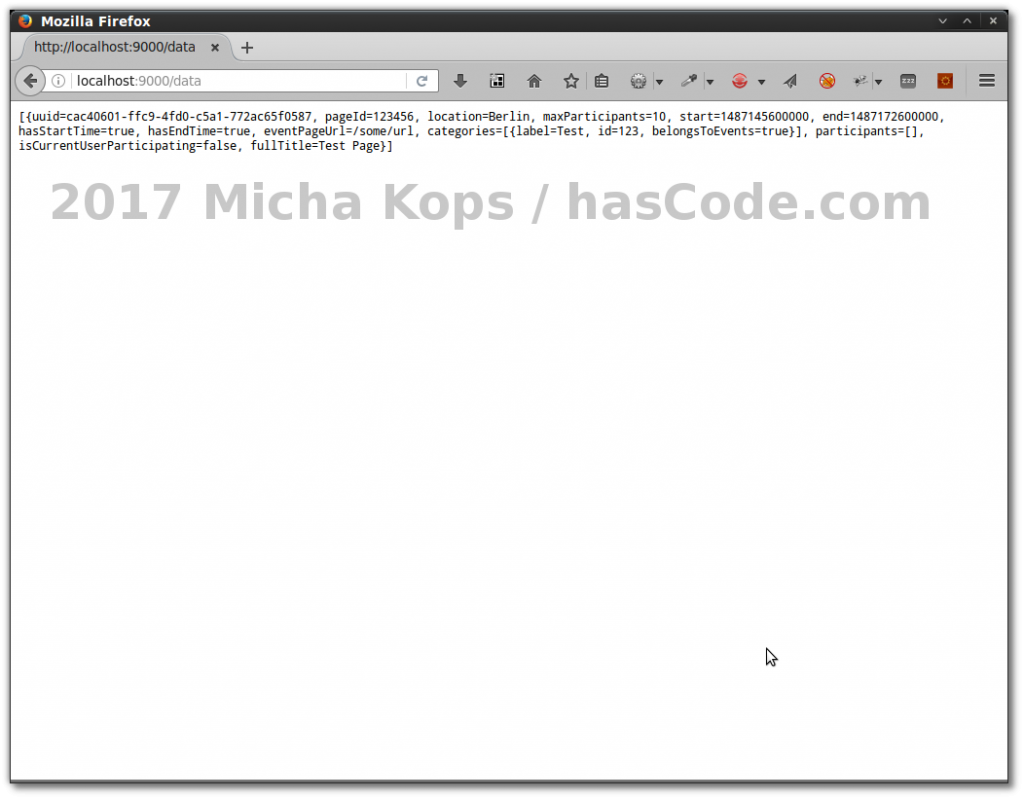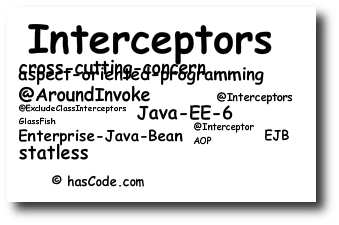
Transforming JSON Structures with Java and JOLT
When it comes to web-services (especially RESTful web-services), configuration files or other data-descriptors, the JavaScript Object Notation, short: JSON is often used as format of choice. As the task arises to transform these JSON structures, I have seen a variety of different approaches from converting JSON into XML using JAX-B, applying XSLT, transforming into JSON again on the one hand to loading JSON structures into Hash-maps of Hash-maps (..) and manually removing single elements from these collections on the other hand. ...





